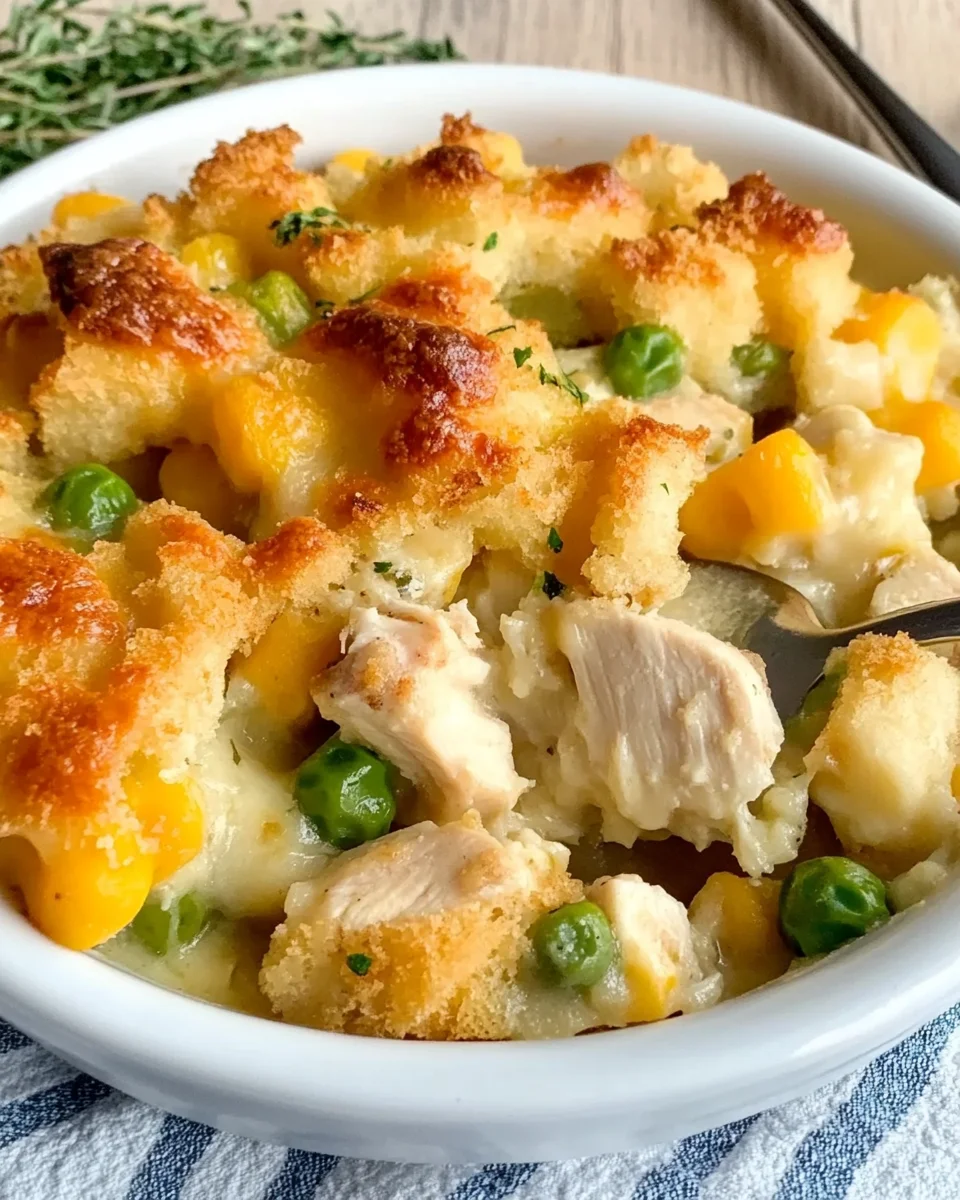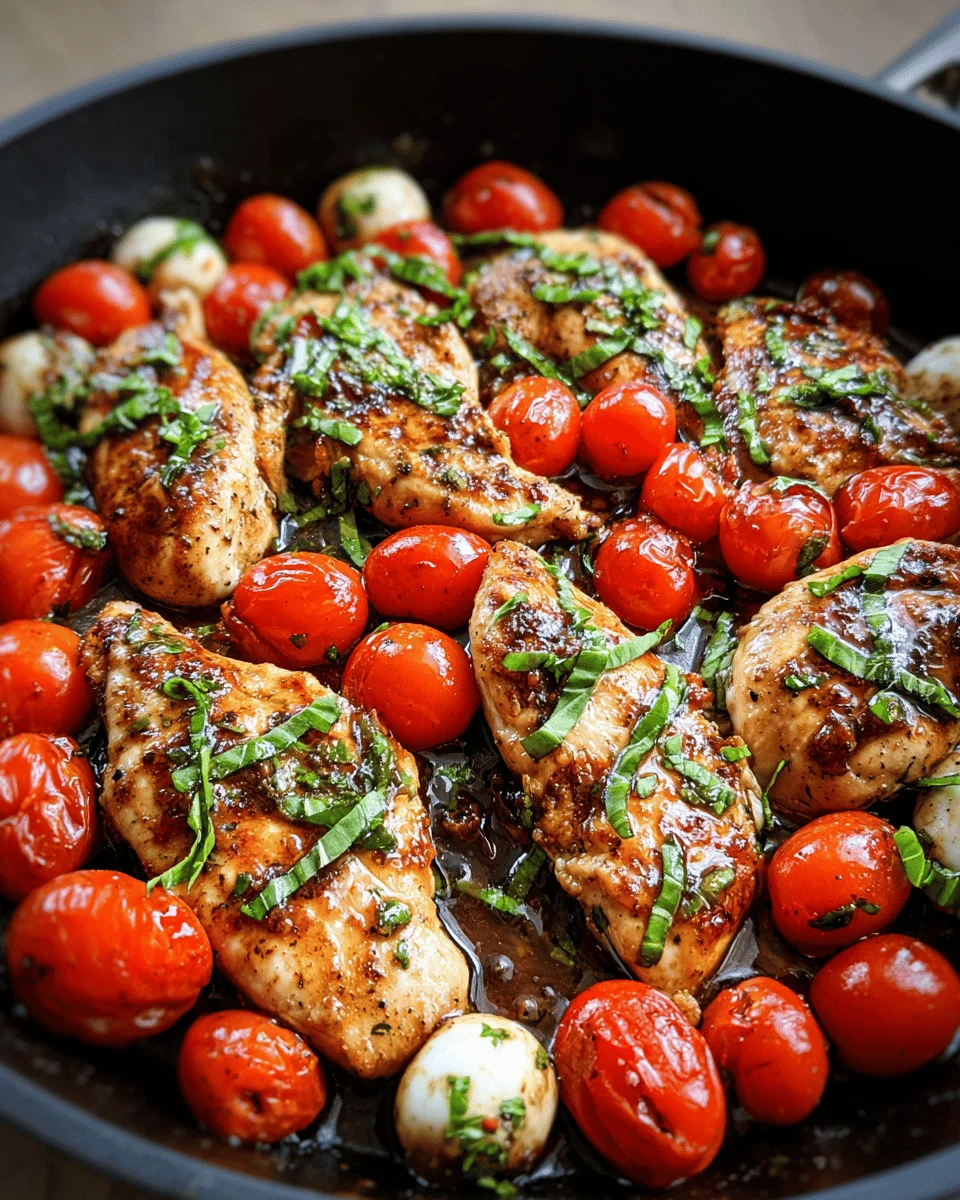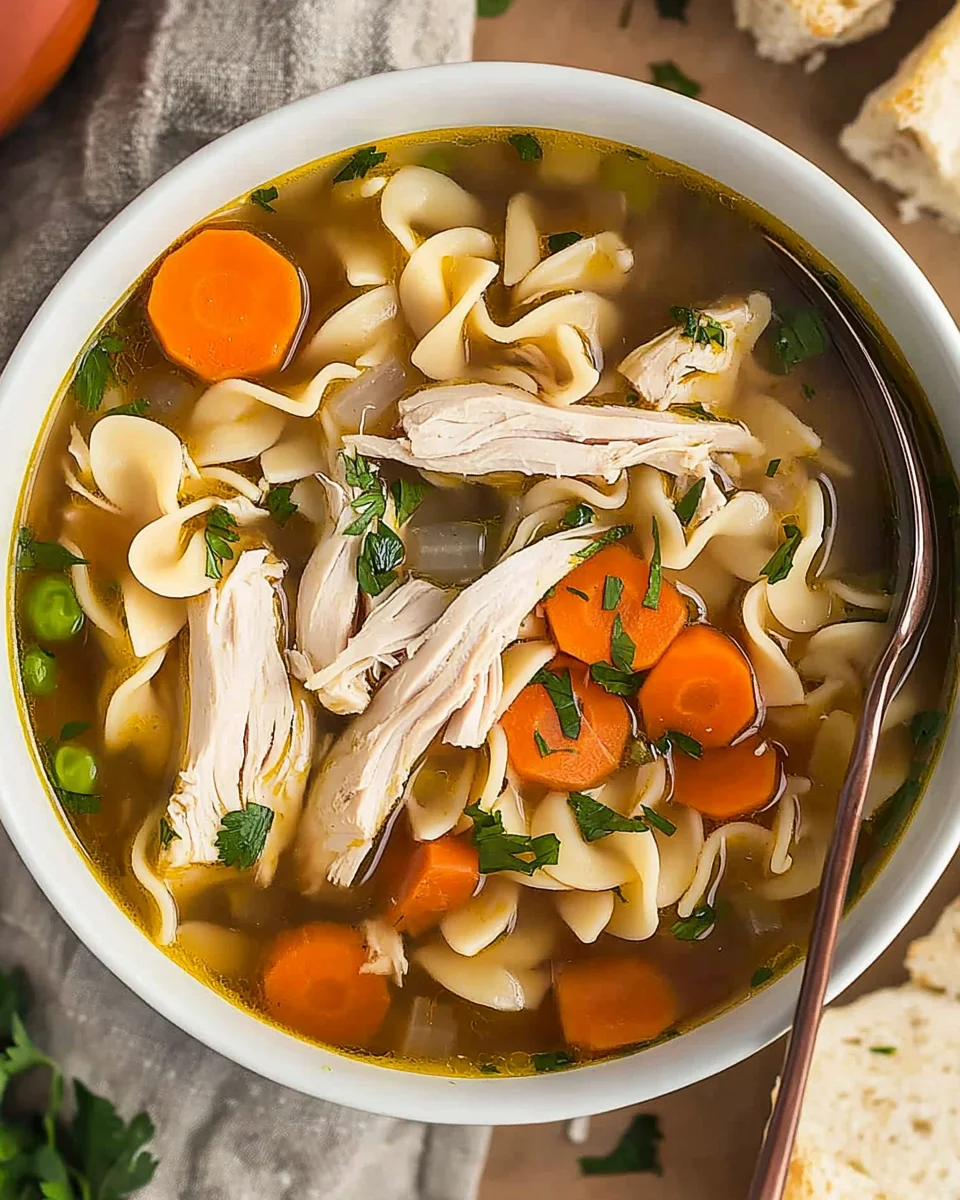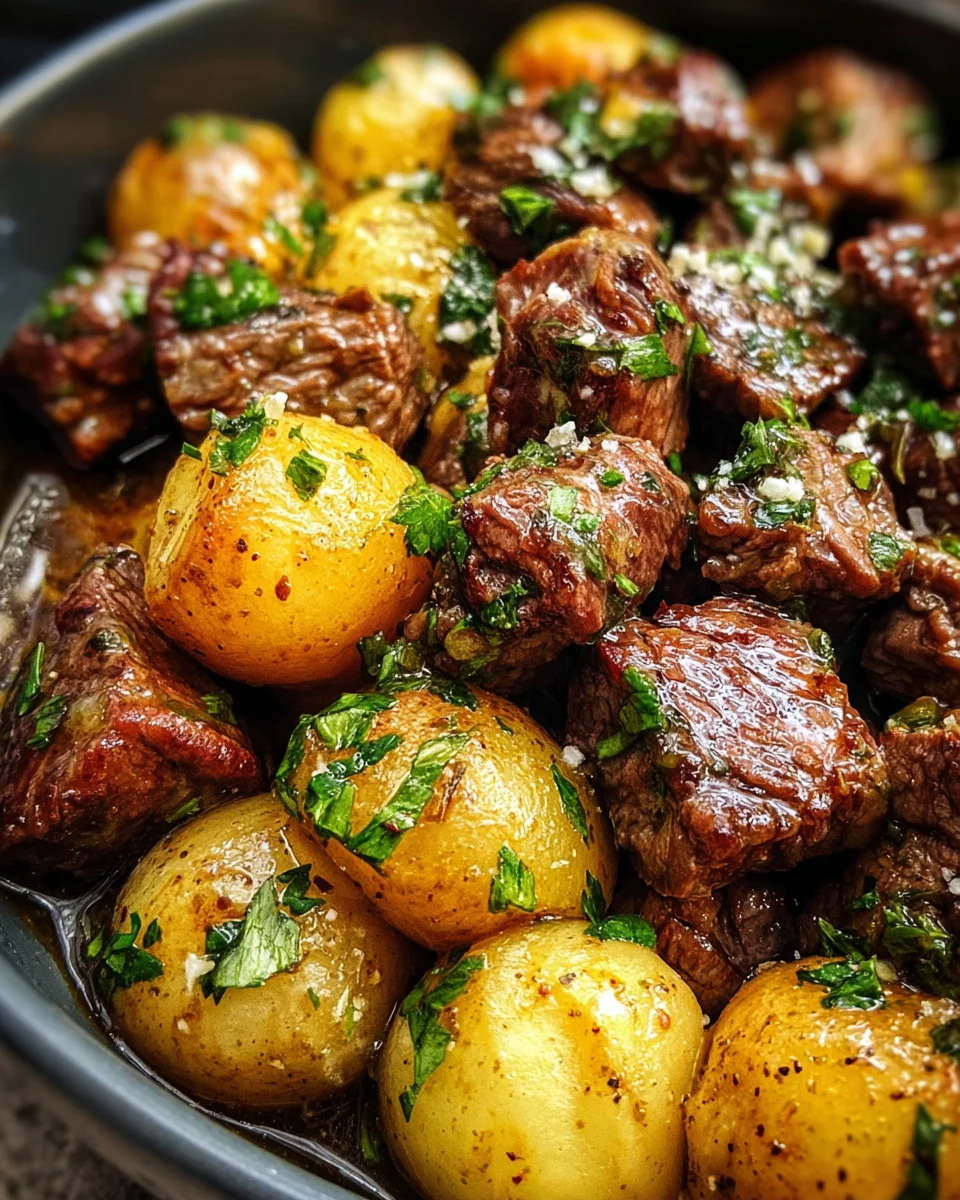Eggs Benedict
Eggs Benedict is a beloved brunch dish that combines flavors and textures in a delightful way. Perfect for lazy weekends or special occasions, this dish features buttery toasted English muffins topped with crispy back bacon, a perfectly poached egg, and rich hollandaise sauce. The balance of savory and creamy makes Eggs Benedict irresistible, ensuring it remains a favorite among many.
Why You’ll Love This Recipe
- Indulgent Flavor: The combination of rich hollandaise and poached eggs creates a luxurious taste experience.
- Easy to Make: With straightforward steps, you can whip up this classic dish without any fuss.
- Versatile Serving Options: Enjoy it for breakfast, brunch, or even as a light lunch.
- Customizable Ingredients: You can easily substitute ingredients to suit your taste—try smoked salmon or spinach for a twist!
- Perfect for Special Occasions: Impress guests at gatherings with this elegant yet simple dish.
Tools and Preparation
Before diving into the recipe, gather your essential tools to ensure a smooth cooking process.
Essential Tools and Equipment
- Skillet
- Pot
- Slotted spoon
- Baking sheet
- Ramekins
Importance of Each Tool
- Skillet: Perfect for achieving crispy bacon that adds texture to your Eggs Benedict.
- Pot: Essential for poaching eggs; the right size will help control water temperature effectively.
- Slotted spoon: Helps in gently removing poached eggs without breaking them.
- Baking sheet: Ideal for broiling the English muffins to achieve that perfect golden brown finish.
Ingredients
For the Poached Eggs
- 8 large eggs
- 1 tablespoon white vinegar
For the Eggs Benedict
- 8 slices back bacon (Canadian bacon)
- 4 English muffins, halved
- ¼ cup butter, softened
- 1 cup hollandaise sauce
- 1 tablespoon chives, finely chopped (for garnish)

How to Make Eggs Benedict
Step 1: Poach the Eggs
- Bring a pot of water to a boil. Add the vinegar, then reduce heat to a gentle simmer.
- Crack an egg into a small ramekin and gently drop it into the simmering water. Repeat with three more eggs.
- Turn off the heat, cover the pot, and let the eggs cook in the hot water for about 4 minutes or until the whites are set and yolks are still runny.
- Use a slotted spoon to remove the eggs and place them on a paper towel-lined plate. Repeat with the remaining eggs.
Step 2: Prepare the Eggs Benedict
- Heat a skillet over medium-high heat. Add back bacon slices and cook for 1-2 minutes per side until browned, then set aside.
- Set your oven to broil. Spread butter on each English muffin half and place them cut side up on a baking sheet.
- Broil for 1-3 minutes or until they are golden brown.
Step 3: Assemble Your Dish
- Place a slice of back bacon on each toasted muffin half.
- Carefully top each slice with a poached egg.
- Spoon hollandaise sauce over each egg and garnish with chopped chives.
Now you have created delicious Eggs Benedict ready to impress! Enjoy your meal!
How to Serve Eggs Benedict
Eggs Benedict is not just a dish; it’s an experience that can be enhanced with various serving suggestions. Whether you’re hosting a brunch or enjoying a quiet morning, consider these creative ways to serve this classic meal.
Classic Presentation
- On a Plate: Serve the Eggs Benedict on a simple white plate to highlight the vibrant colors of the dish. This traditional approach allows each element to shine.
Gourmet Touch
- With Arugula Salad: Place a small arugula salad on the side dressed with lemon vinaigrette. The peppery greens complement the richness of the hollandaise sauce.
Family Style
- Serving Platter: Arrange multiple servings on a large platter for family-style dining. This encourages sharing and creates a festive atmosphere.
Add Fresh Fruit
- Seasonal Berries: Serve with a side of fresh seasonal berries like strawberries, blueberries, or raspberries for a refreshing contrast to the savory flavors.
Unique Garnishes
- Microgreens: Instead of chives, use microgreens as a garnish for an upscale twist that adds color and texture.
Spicy Kick
- Serve with Hot Sauce: Provide small bottles of hot sauce at the table for those who enjoy an extra kick with their Eggs Benedict.
How to Perfect Eggs Benedict
Perfecting Eggs Benedict requires attention to detail and some cooking finesse. Follow these tips to elevate your dish.
- Bold Poach With Precision: Ensure your poached eggs are cooked perfectly by keeping the water at a gentle simmer and using vinegar to help the whites set quickly.
- Bold Hollandaise Mastery: Make sure your hollandaise sauce is silky and smooth. If it thickens too much, whisk in warm water gradually until you reach the desired consistency.
- Bold Bacon Choice: Opt for high-quality back bacon or Canadian bacon for optimal flavor. The right meat can make all the difference in taste and satisfaction.
- Bold Muffin Toasting: Toast English muffins until they are golden brown but not burnt. This enhances their texture and adds flavor that pairs well with the other components.
- Bold Timing Is Key: Coordinate your cooking so everything is ready simultaneously—poached eggs, bacon, and toasted muffins should come together seamlessly for best results.
- Bold Presentation Matters: Take time to plate your Eggs Benedict beautifully. A well-presented dish makes it more appetizing and enjoyable.

Best Side Dishes for Eggs Benedict
Eggs Benedict pairs wonderfully with various side dishes that enhance its flavors while providing balance. Here are some delightful options:
- Crispy Hash Browns: These golden-brown potato bites add crunch and heartiness to your brunch spread.
- Fresh Fruit Salad: A mix of seasonal fruits brings freshness and sweetness that contrasts nicely with rich flavors.
- Sautéed Spinach: Lightly sautéed spinach adds color and nutrients while complementing the overall dish’s flavor profile.
- Roasted Asparagus: Tender roasted asparagus spears provide an elegant touch, making your brunch feel even more special.
- Tomato Salad: A simple tomato salad with olive oil and balsamic vinegar offers bright acidity that balances the richness of Eggs Benedict.
- Avocado Slices: Creamy avocado slices add healthy fats and a luxurious mouthfeel next to the poached egg.
- Baked Beans: For those who enjoy heartier fare, baked beans provide protein and sweetness that rounds out the meal.
- Mimosas or Bloody Marys: Complete your brunch experience with refreshing beverages that pair beautifully with breakfast foods.
Common Mistakes to Avoid
When making Eggs Benedict, avoiding common pitfalls can elevate your dish from good to great. Here are some mistakes to steer clear of:
- Overcooking the Eggs: Poached eggs should have runny yolks. If you cook them too long, they will become hard. Keep an eye on the clock and aim for 4 minutes for that perfect soft poach.
- Skipping the Vinegar: Adding vinegar to the poaching water helps the egg whites firm up faster. Without it, you might end up with wispy whites that spread out in the water.
- Not Toasting the Muffins: A toasted English muffin adds texture and flavor. Don’t skip this step; broiling them until golden brown enhances the overall dish.
- Making Hollandaise Sauce Too Fast: Rushing through hollandaise can lead to curdled sauce. Take your time, and whisk slowly to achieve that velvety consistency.
- Using Cold Ingredients: Cold eggs or butter can affect cooking times and emulsification. Make sure your ingredients are at room temperature before you begin.
Storage & Reheating Instructions
Refrigerator Storage
- Store any leftover Eggs Benedict in an airtight container.
- They can be kept in the fridge for up to 3 days without losing quality.
Freezing Eggs Benedict
- It is best not to freeze fully assembled Eggs Benedict as it affects texture.
- However, you can freeze cooked components separately, like hollandaise and poached eggs, for up to a month.
Reheating Eggs Benedict
- Oven: Preheat the oven to 350°F (175°C). Place assembled muffins on a baking sheet and heat for about 10-15 minutes.
- Microwave: Use a microwave-safe plate, cover with a damp paper towel, and heat for 1-2 minutes, checking frequently.
- Stovetop: Reheat components separately in a skillet over low heat until warmed through.

Frequently Asked Questions
Here are some frequently asked questions about making Eggs Benedict:
How do I get perfect poached eggs for Eggs Benedict?
To achieve perfect poached eggs, use fresh eggs and simmer them in water with vinegar for about 4 minutes until the whites are set but yolks remain runny.
Can I make hollandaise sauce ahead of time?
Yes! You can prepare hollandaise sauce in advance. Just store it in a warm place or gently reheat it before serving.
What are some variations of Eggs Benedict?
You can customize Eggs Benedict by substituting different proteins like smoked salmon or sautéed spinach instead of back bacon for a unique twist.
How many calories are in one serving of Eggs Benedict?
One serving of Eggs Benedict contains approximately 691 calories, making it a hearty brunch option.
Can I use other types of bread instead of English muffins?
Absolutely! You can use toasted bagels or croissants as delightful alternatives to English muffins for your Eggs Benedict base.
Final Thoughts
Eggs Benedict is not just an indulgent brunch dish; it’s also incredibly versatile. Whether you’re sticking to the classic recipe or adding your favorite ingredients, this dish never fails to impress. Give this recipe a try and explore various toppings to make it your own!

Eggs Benedict
- Total Time: 35 minutes
- Yield: Serves 4
Description
Eggs Benedict is a classic brunch favorite that effortlessly combines rich flavors and textures. This dish features buttery toasted English muffins, savory back bacon, perfectly poached eggs, and velvety hollandaise sauce, creating an indulgent meal that’s perfect for lazy weekends or special occasions. Whether you’re serving it at a festive gathering or enjoying a quiet morning at home, this recipe guarantees satisfaction and delight.
Ingredients
- 8 large eggs
- 1 tablespoon white vinegar
- 8 slices back bacon (Canadian bacon)
- 4 English muffins, halved
- ¼ cup softened butter
- 1 cup hollandaise sauce
- 1 tablespoon finely chopped chives (for garnish)
Instructions
- Poach the Eggs: Bring a pot of water to boil, add vinegar, then reduce heat to simmer. Crack eggs into ramekins and gently drop them into the water. Cover and cook for about 4 minutes until the whites are set but yolks remain runny. Remove with a slotted spoon.
- Prepare the Eggs Benedict: In a skillet over medium-high heat, cook back bacon for 1-2 minutes on each side until browned. Preheat your oven to broil; spread butter on muffin halves and broil until golden brown.
- Assemble: On each muffin half, layer bacon, top with poached eggs, then drizzle with hollandaise sauce and garnish with chives.
- Prep Time: 15 minutes
- Cook Time: 20 minutes
- Category: Main
- Method: Poaching/Broiling
- Cuisine: American
Nutrition
- Serving Size: 1 plate (approx. 400g)
- Calories: 691
- Sugar: 2g
- Sodium: 1290mg
- Fat: 49g
- Saturated Fat: 18g
- Unsaturated Fat: 24g
- Trans Fat: 0g
- Carbohydrates: 36g
- Fiber: 3g
- Protein: 25g
- Cholesterol: 372mg







